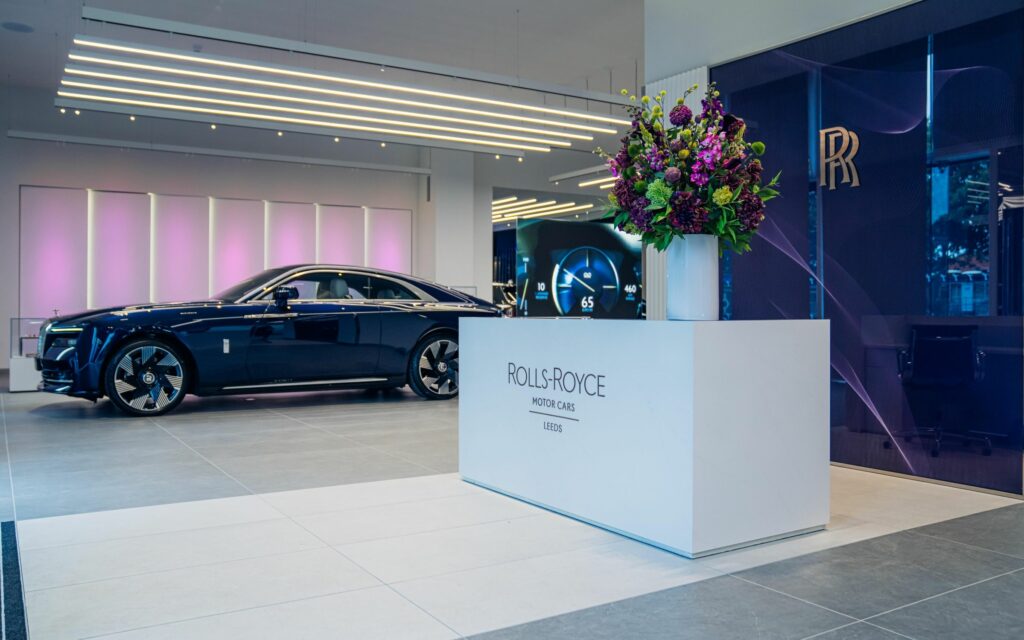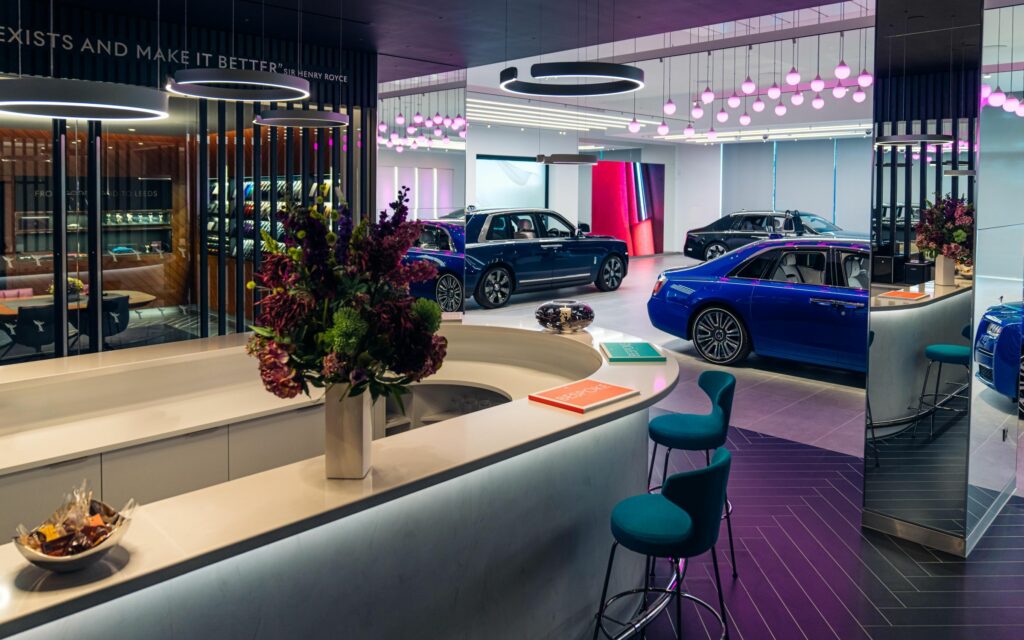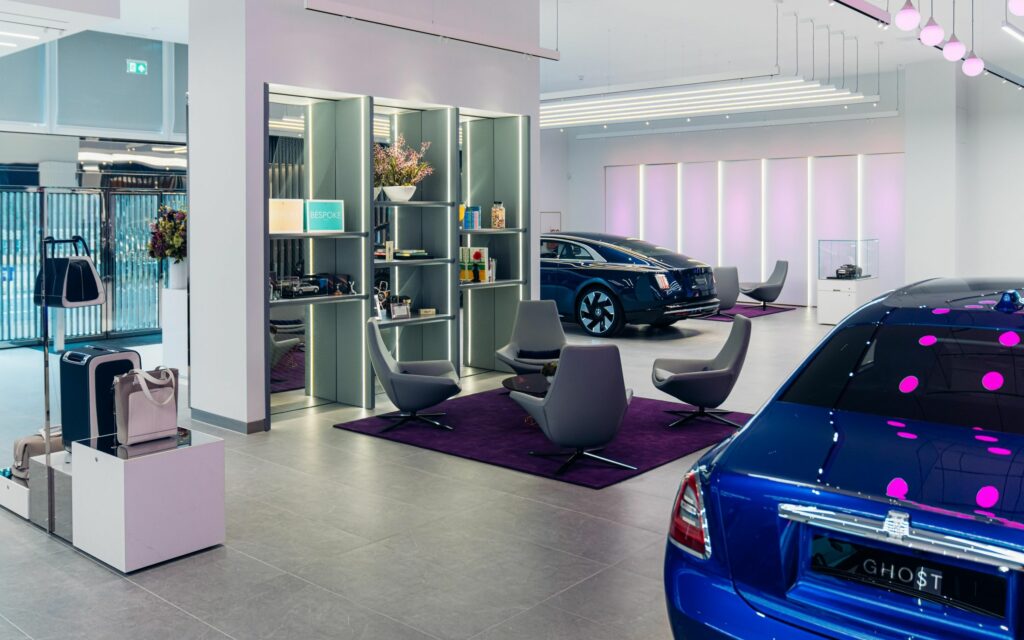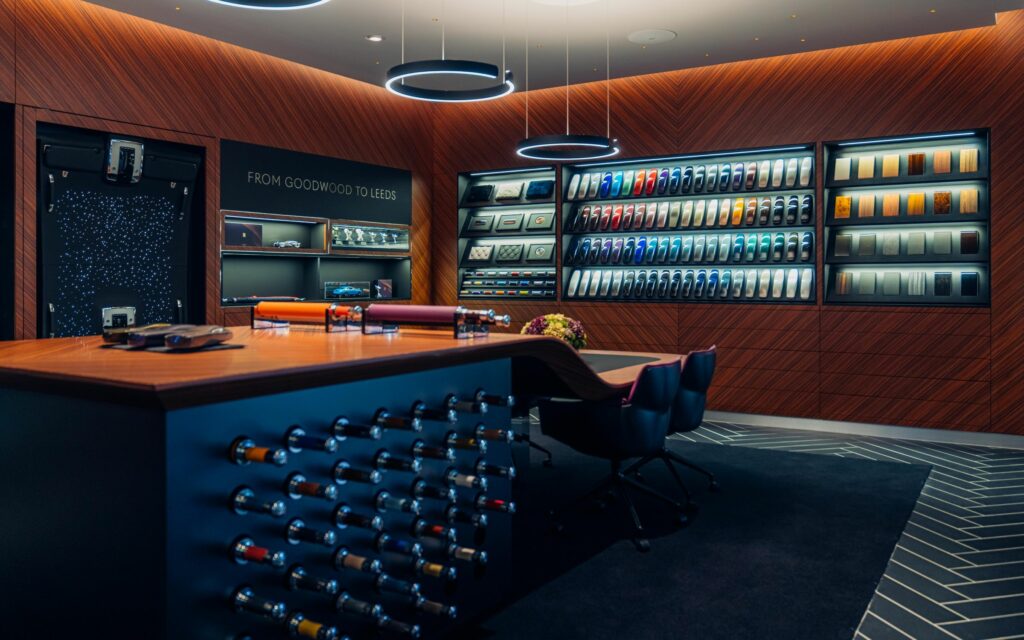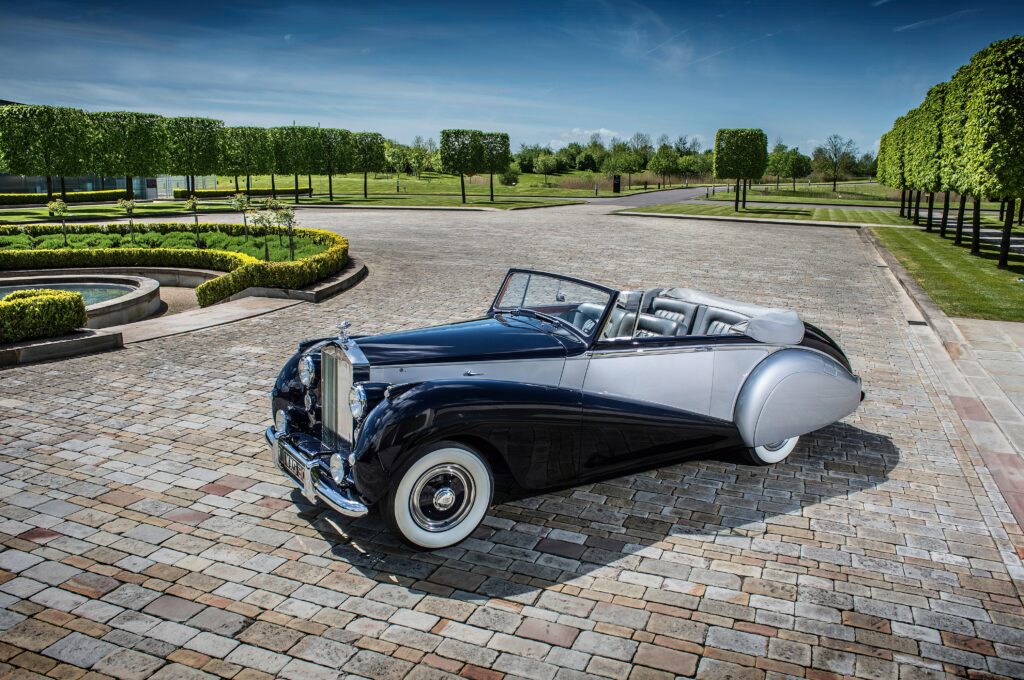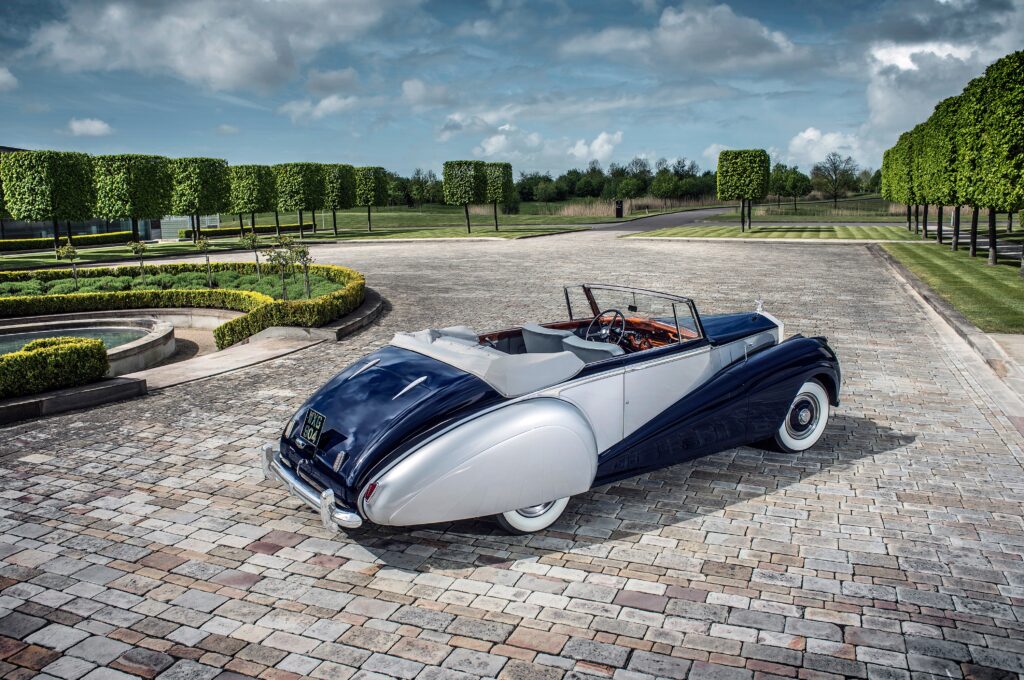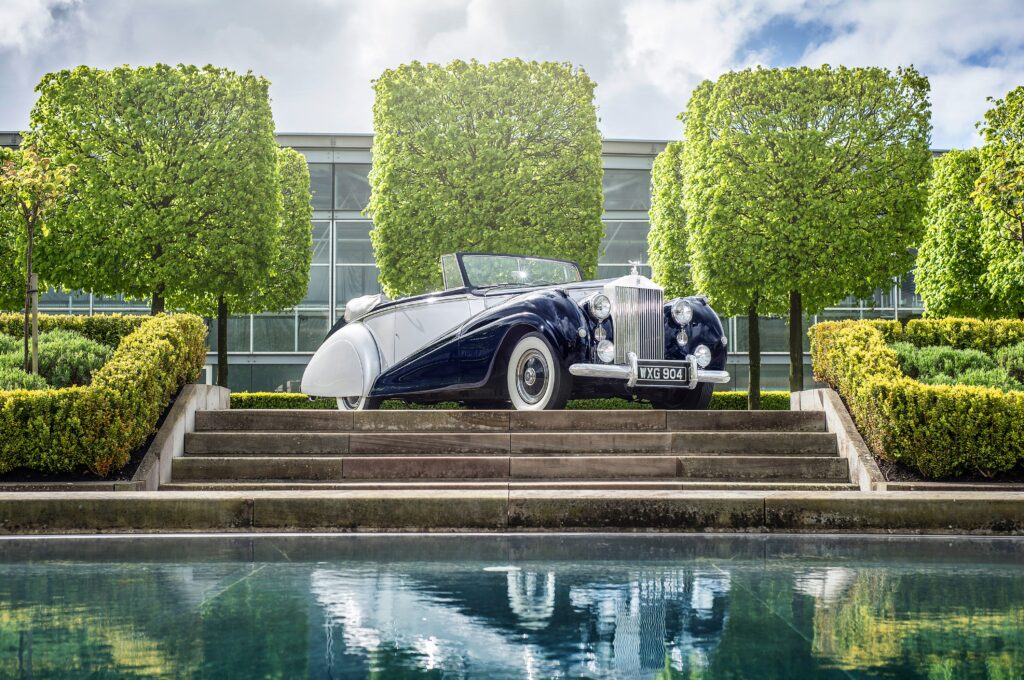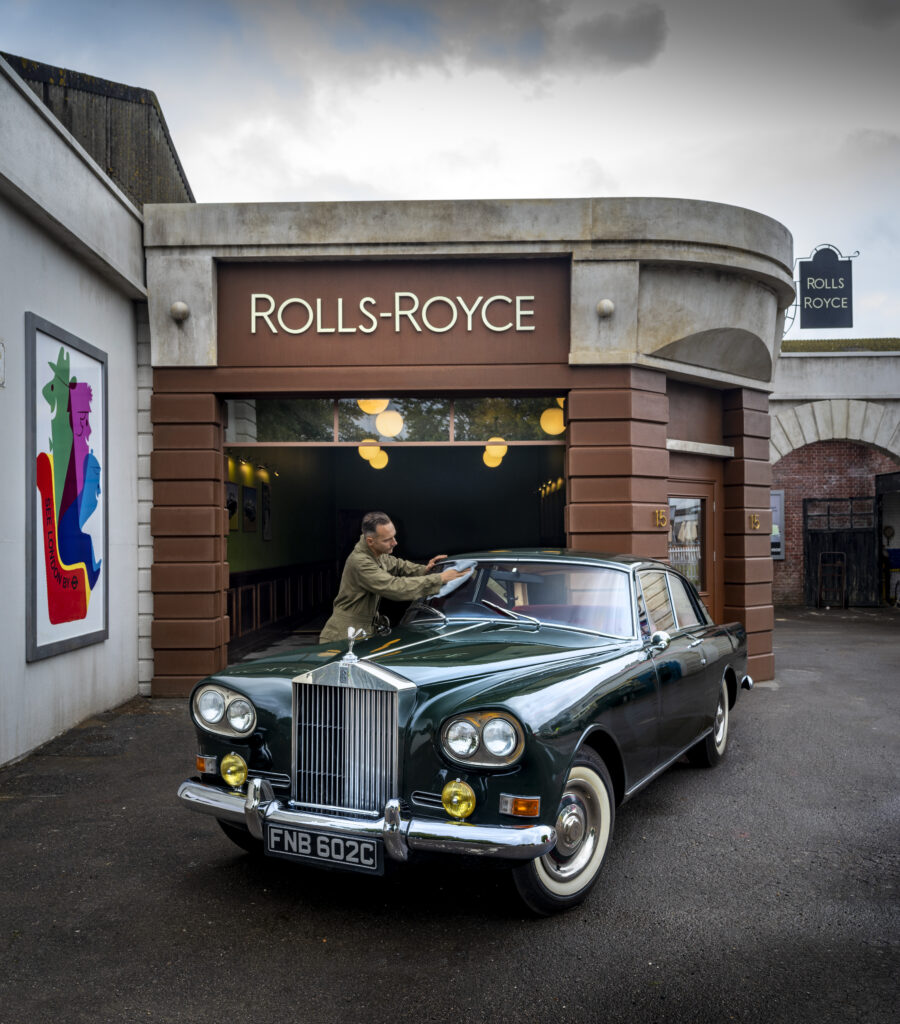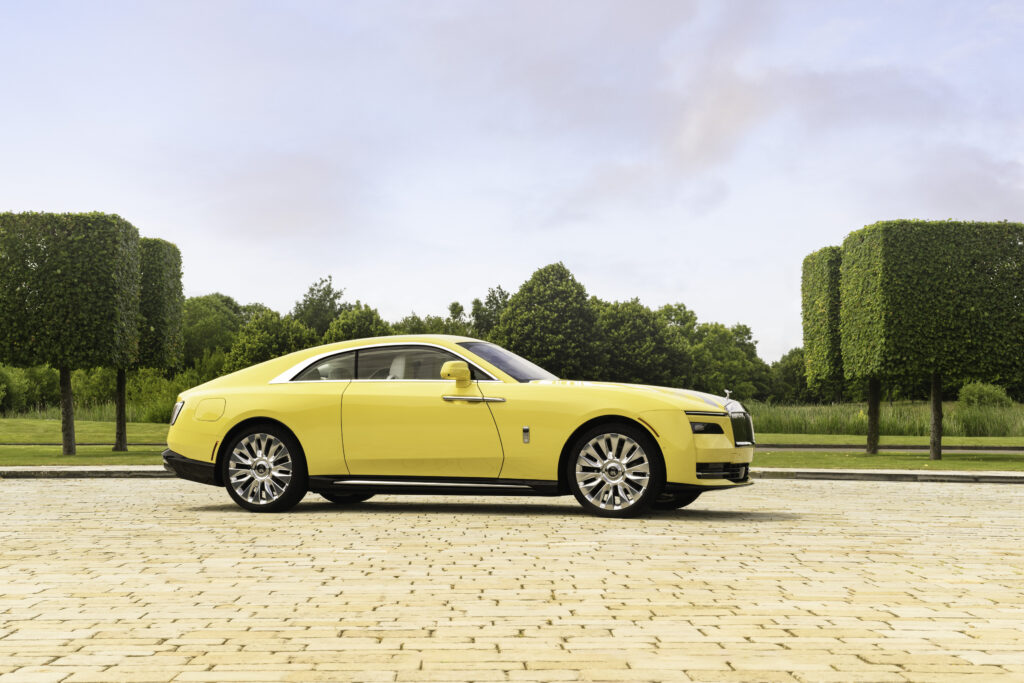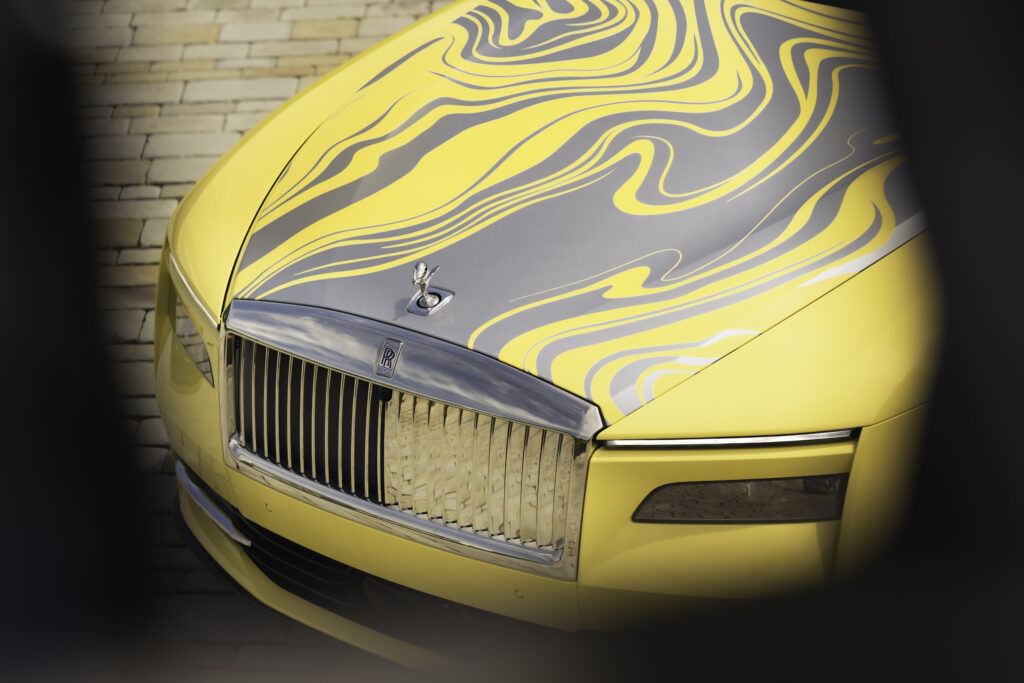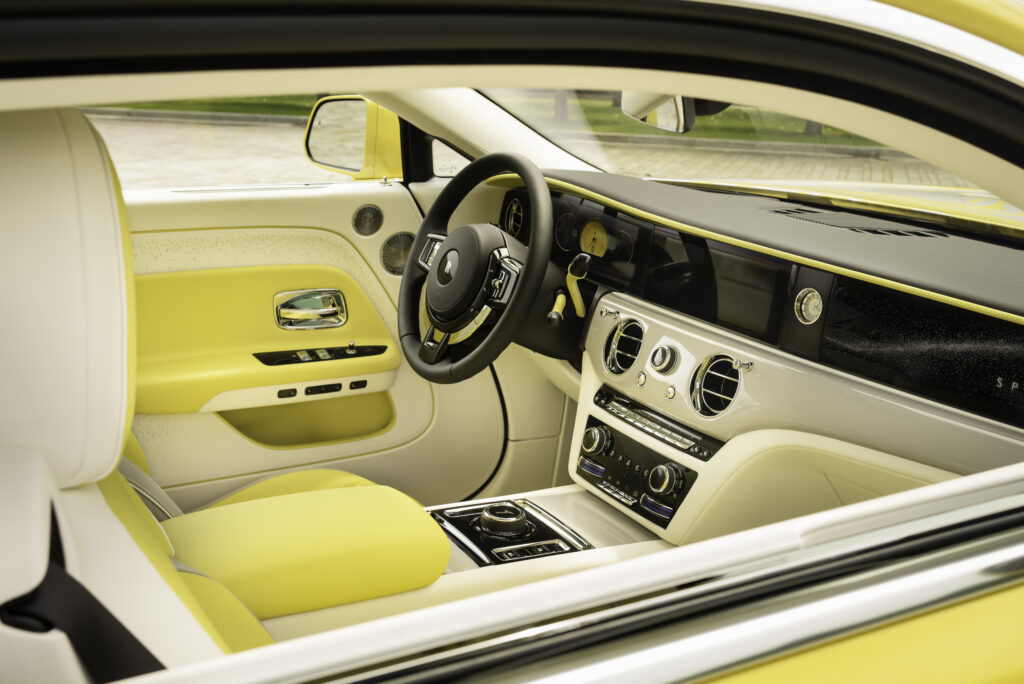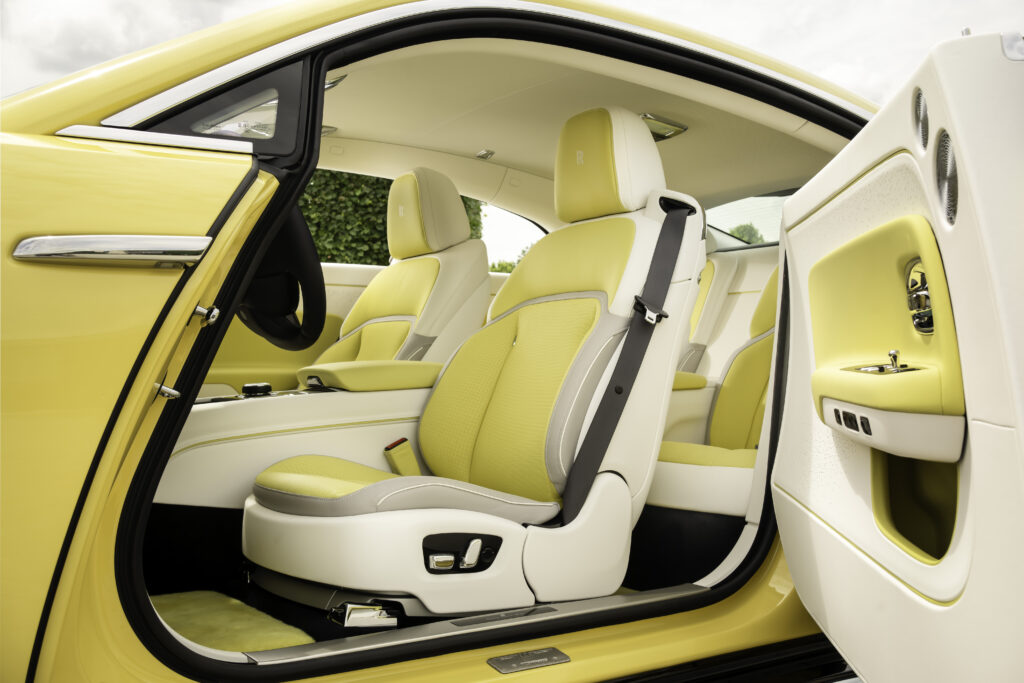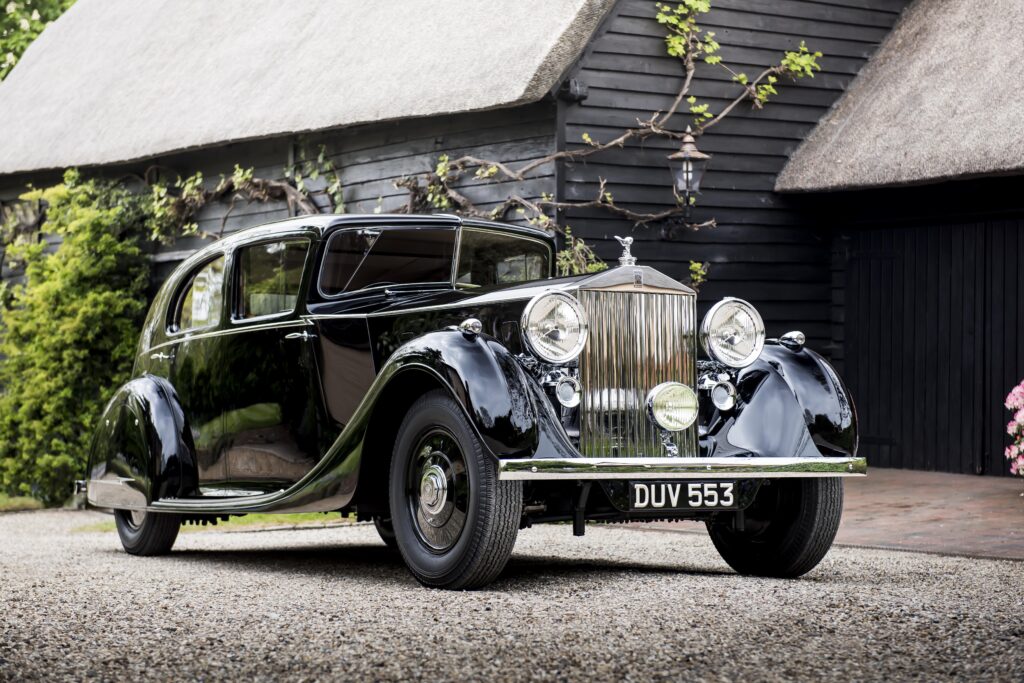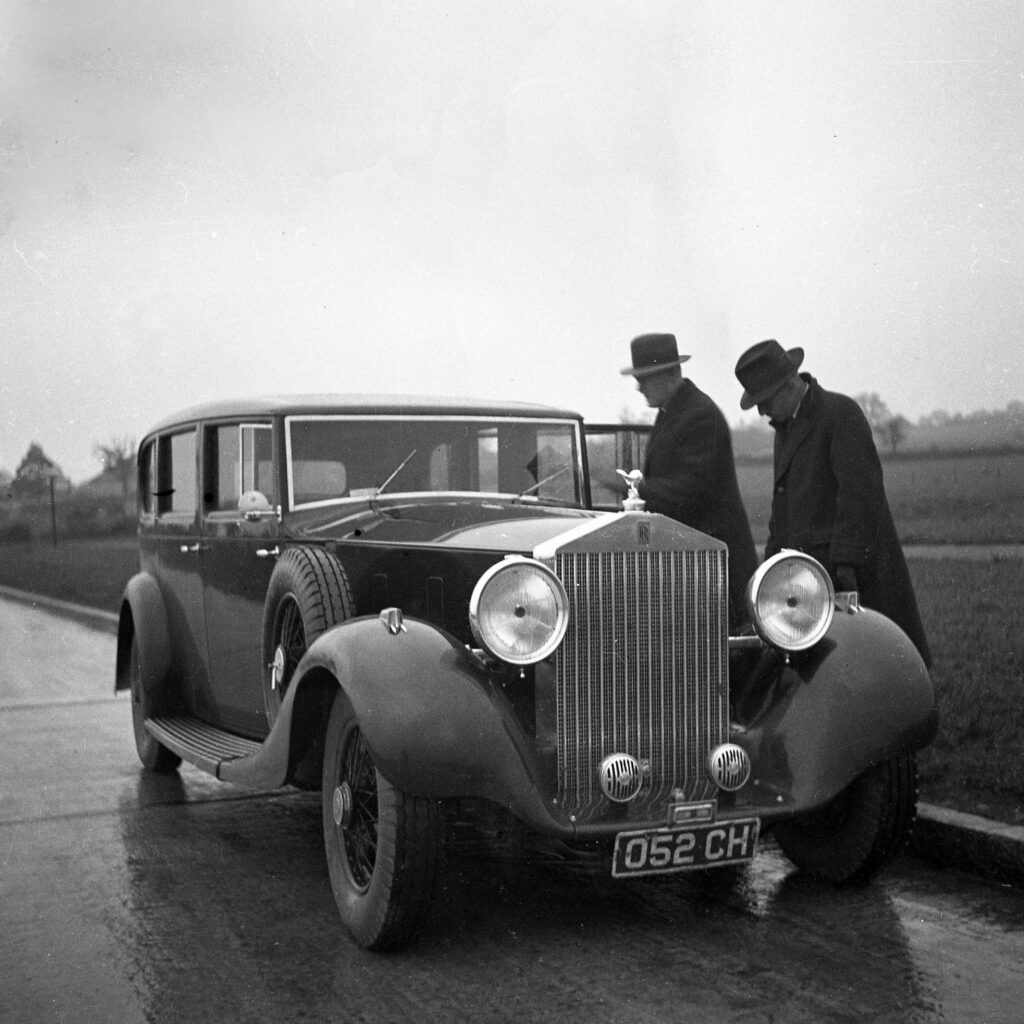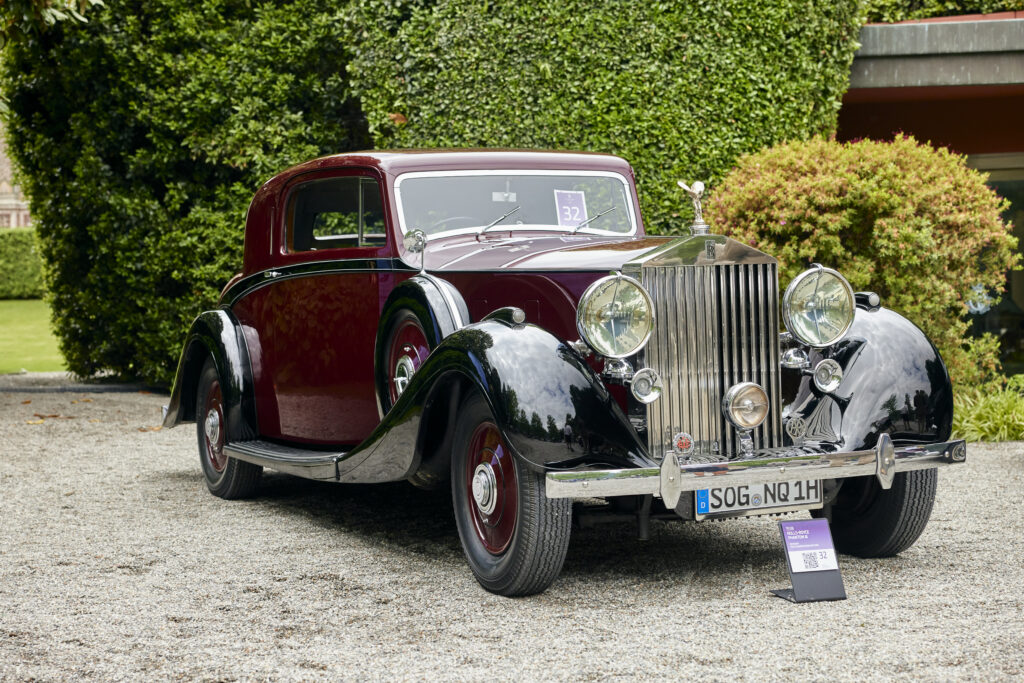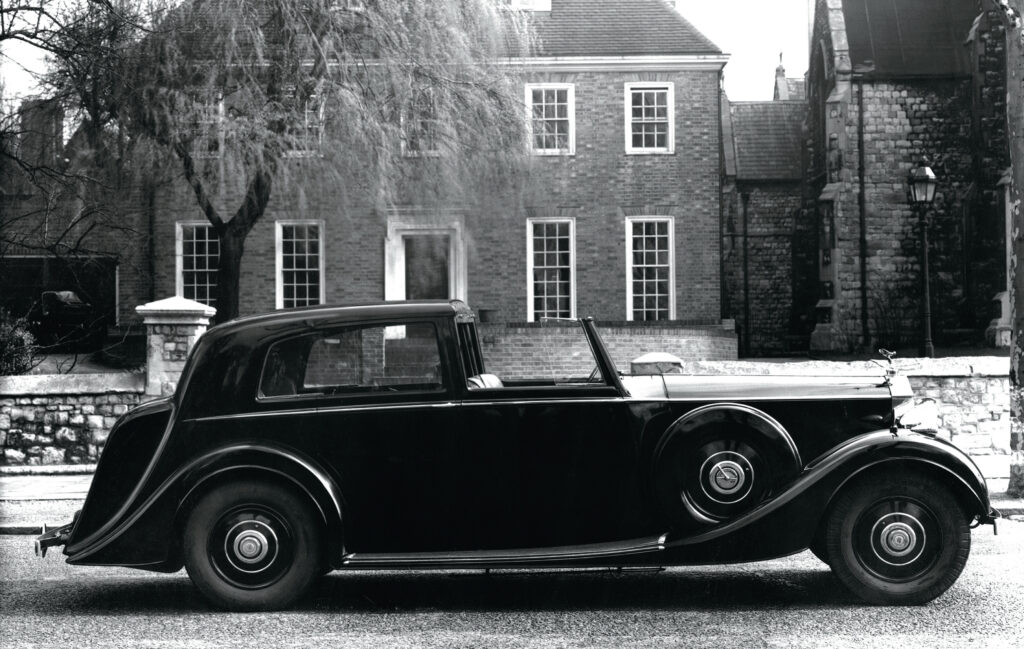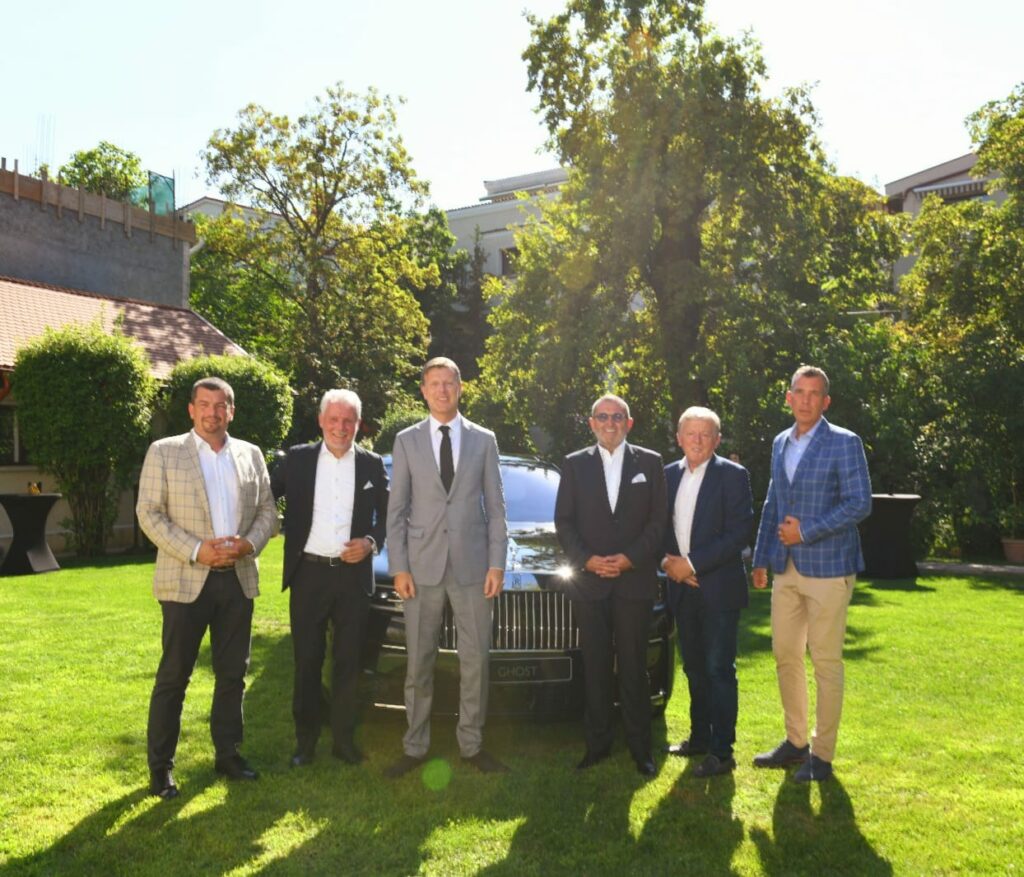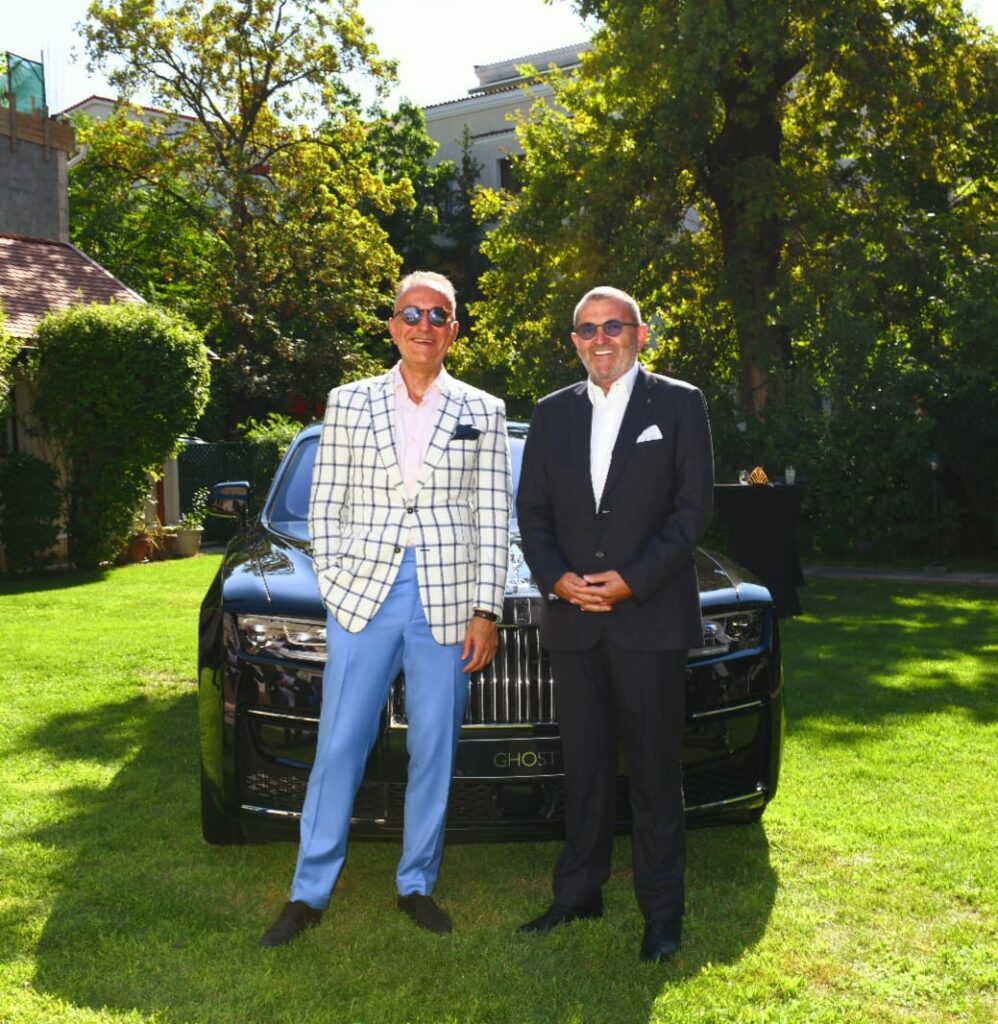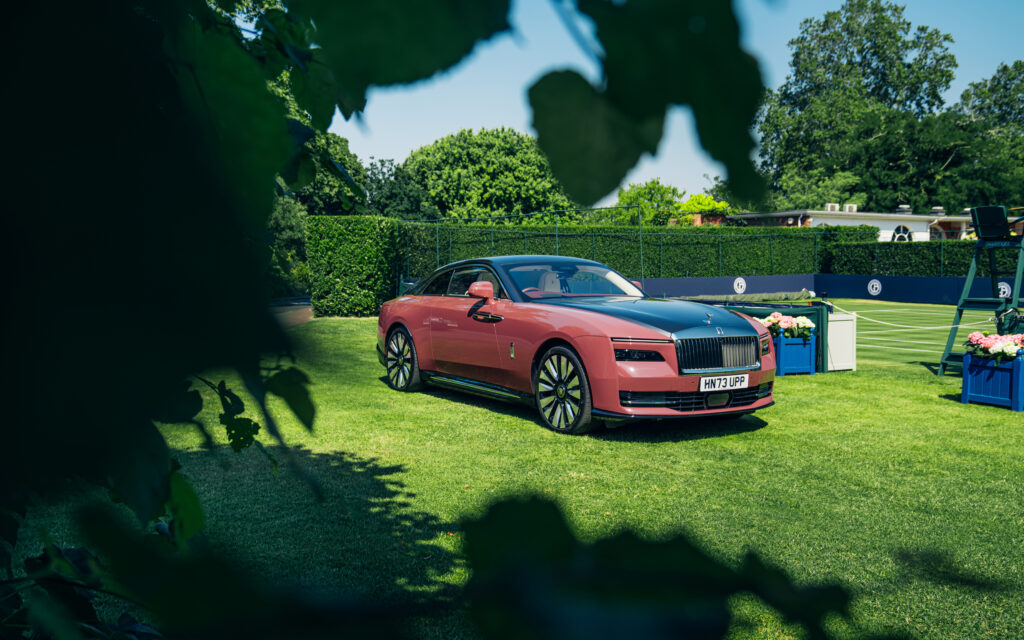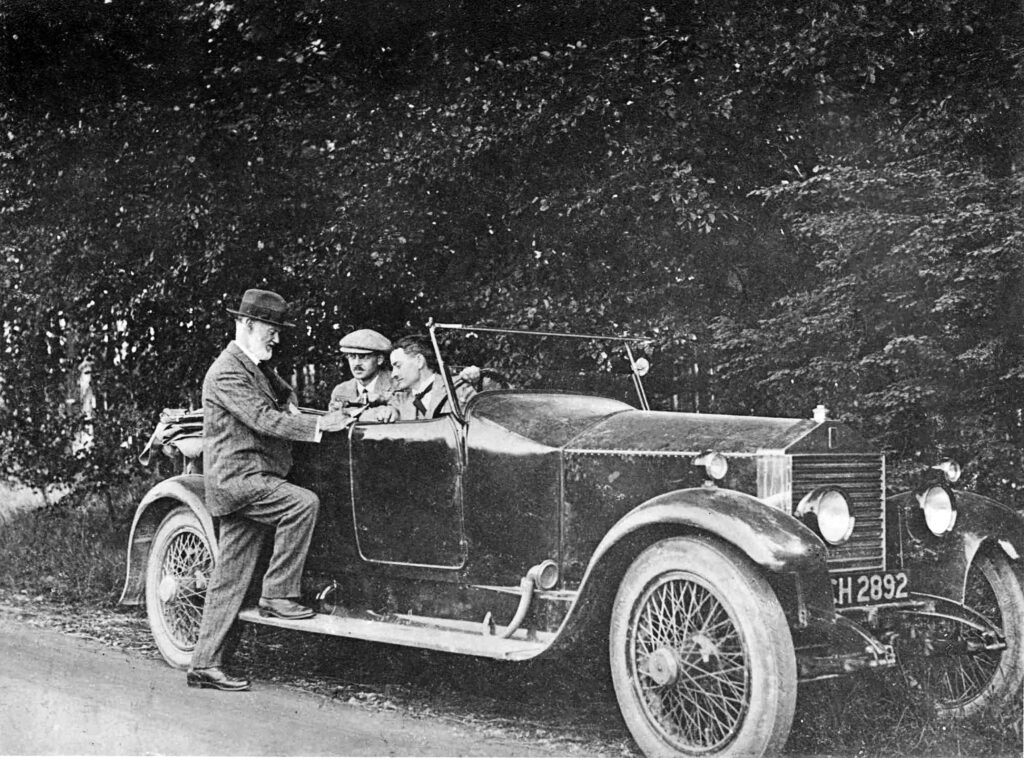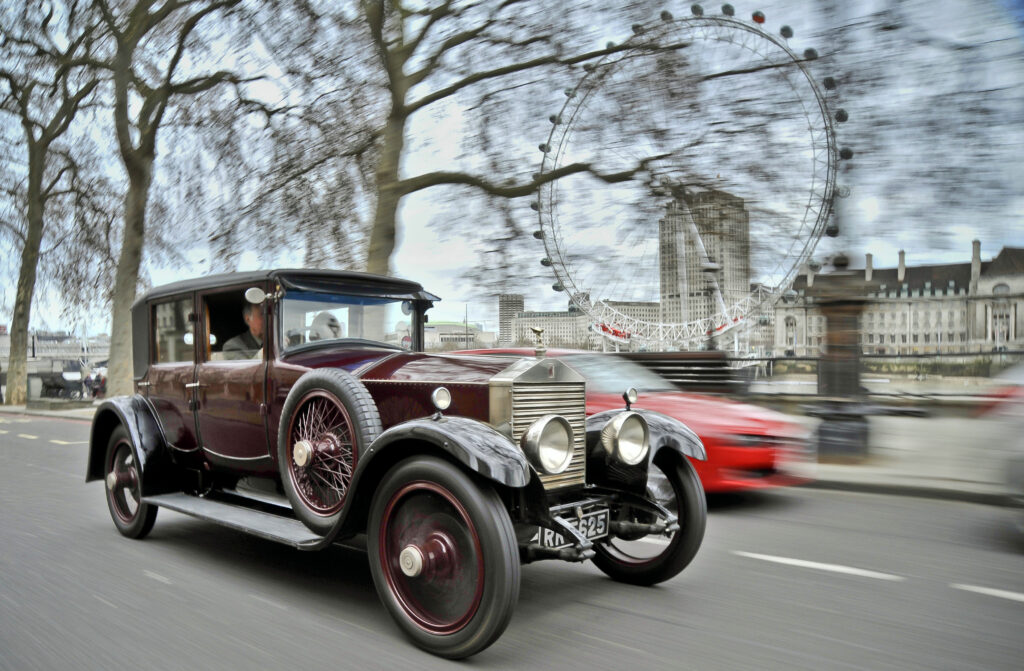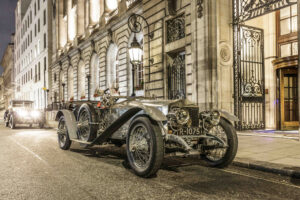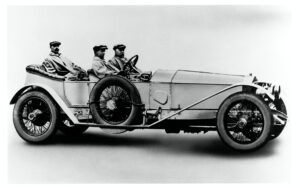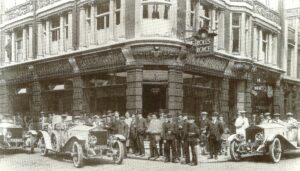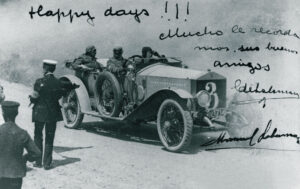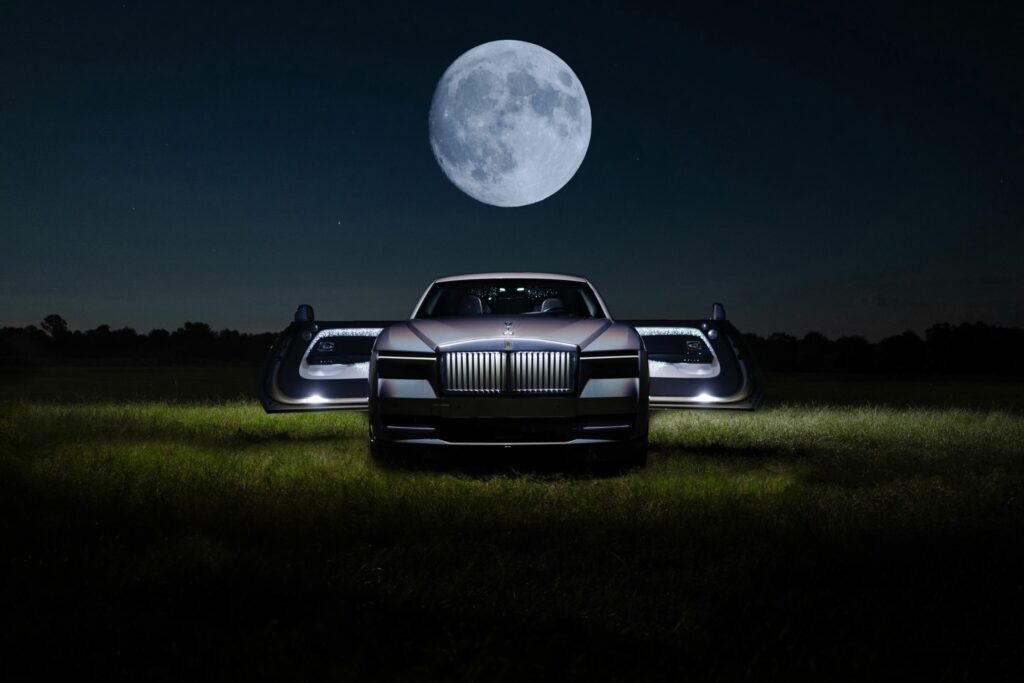
“We are constantly astounded by the diversity of ideas that inform our clients’ Bespoke concepts, which frequently draw inspiration from materials, finishes and themes they see in other commissions. Spectre Lunaflair is the perfect example of this, exploring the ethereal beauty of a lunar halo and sparked by the client after witnessing a paint finish on another Bespoke motor car. This symbiotic relationship and cross-pollination of ideas is fostering a ‘virtuous circle’ of innovation and creativity, which is incredibly important to our team of Bespoke designers, as we focus on delivering unparalleled value to those who entrust us with their vision.”
Martina Starke, Head of Bespoke Design, Rolls-Royce Motor Cars
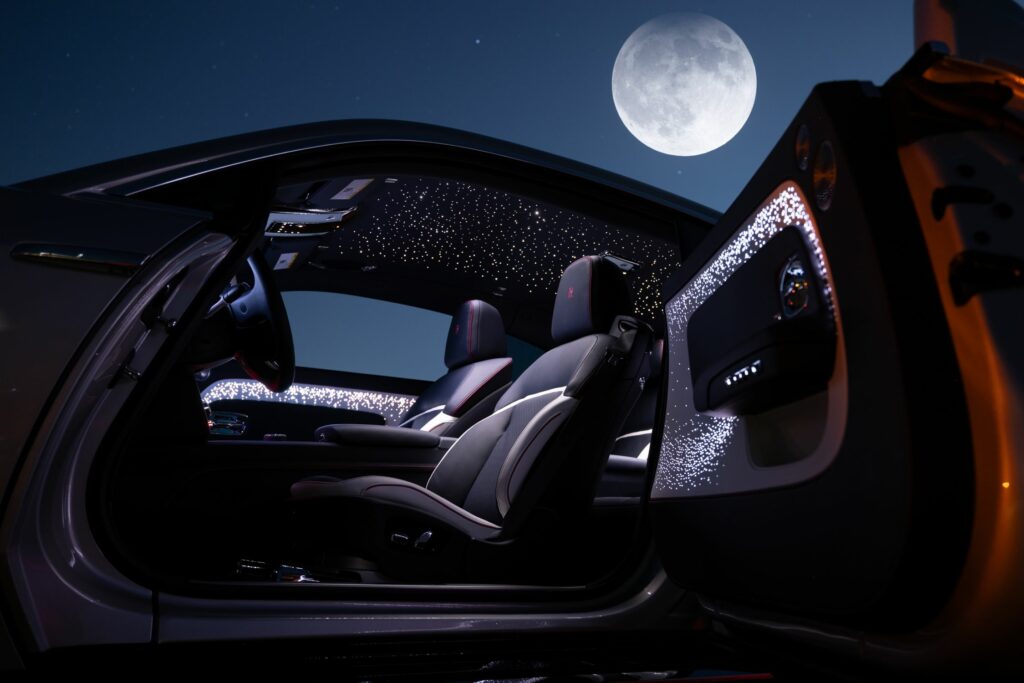
Rolls-Royce Motor Cars has unveiled the breathtaking Spectre Lunaflair – a Bespoke commission undertaken on behalf of a significant client from the United States. The extraordinary and exquisite highlight of this landmark motor car is the remarkable holographic paint finish that creates a captivating ‘rainbow’ effect.
The commission takes its inspiration and name from the optical phenomenon of a lunar halo, which appears as a colourful circle of light around the moon. It is caused by moonlight passing through ice crystals in high-altitude cirrus clouds, which act as microscopic prisms: the light refracts creating a spellbinding technicolour ring effect, similar to light passing through a diamond.
Capturing this phenomenon in a Bespoke paint finish required more than one year of experimentation. The paint chemistry, application timings, and base coat were extensively trialled in order to meet the client’s concept. The final finish is achieved by applying seven layers of lacquer, including a specially formulated pearlescent coat, infused with fine flakes of magnesium fluoride and aluminium. This creates a deep metallic effect under low light that bursts into rainbow technicolour in bright sunshine.
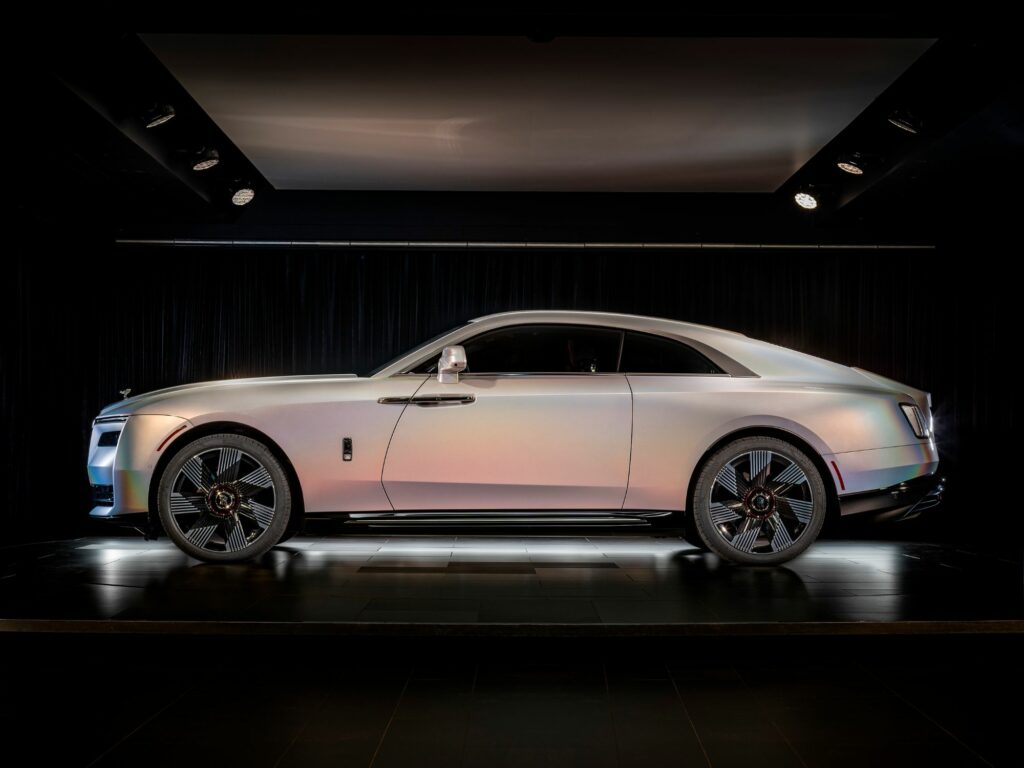
The Spectre Lunaflair concept was partially inspired by another Bespoke masterpiece, the one-of-one Phantom Syntopia. Revealed in 2023, it features a dark iridescent Liquid Noir finish, infused with colour-shifting, mirror-like pigment. Captivated by Phantom Syntopia’s appearance, the commissioning patron asked the Bespoke Collective to create a light and luminous expression of this concept that reflected their fascination with the lunar halo phenomenon.
This cross-pollination of ideas, where a previous commission directly informs and inspires a completely new concept and story, speaks to the power of Bespoke. For the marque’s Bespoke Collective of designers, engineers and craftspeople, this virtuous creative circle and interconnection of ideas constantly provides new opportunities for the advancement of their art.
Spectre Lunaflair’s dramatic coachwork is complemented by a fully Bespoke interior. It includes Navy Blue, White, and Peony Pink tones, recalling the spectrum of hues that can be witnessed during a lunar halo. The colour scheme appears on the seats, doors and the Starlight Headliner. This theme is also carried onto the dual-tone steering wheel, with a Navy Blue outer and an Arctic White inner side.
Only one Spectre Lunaflair will ever be produced. The unique Lunaflair paint finish is reserved exclusively for the commissioning patron.

